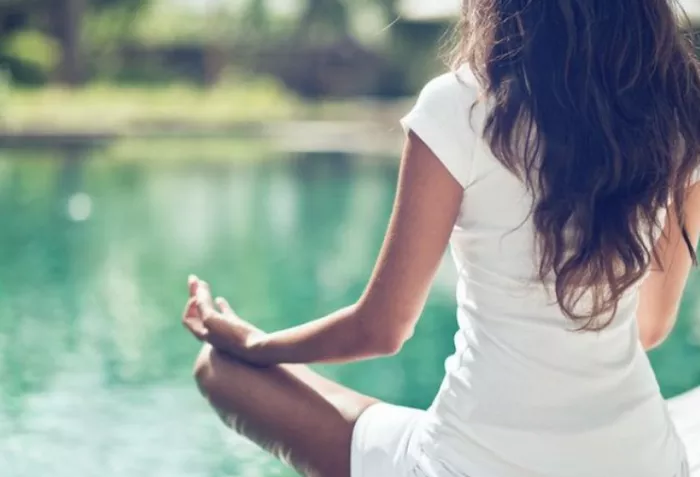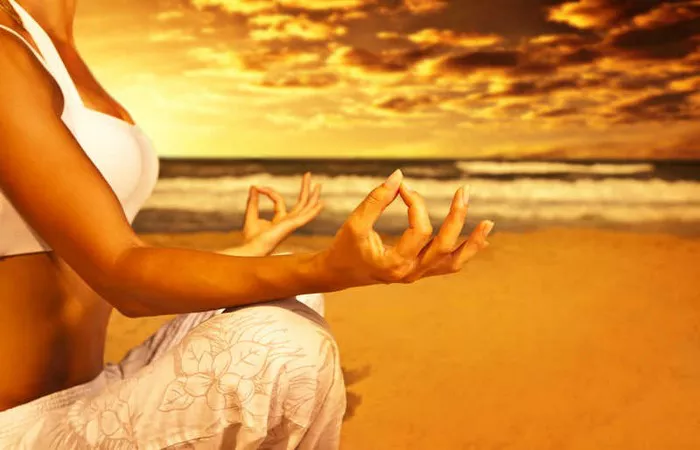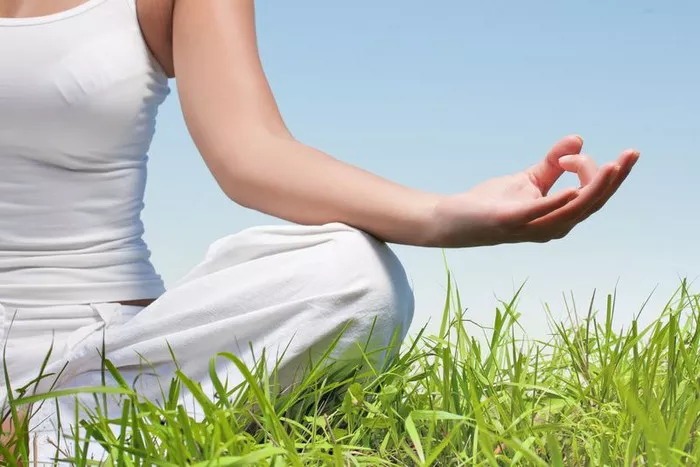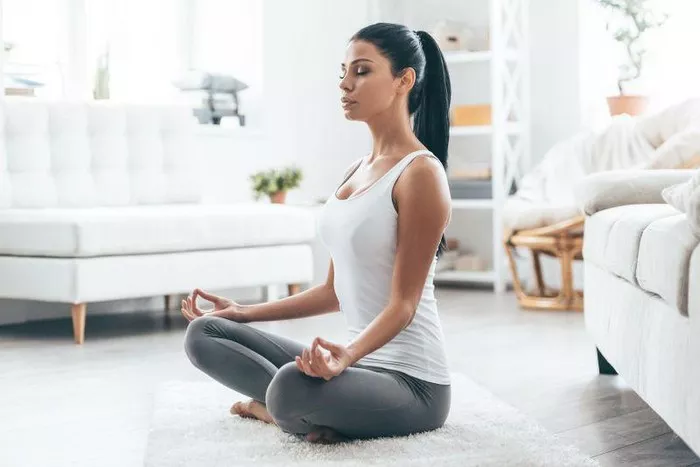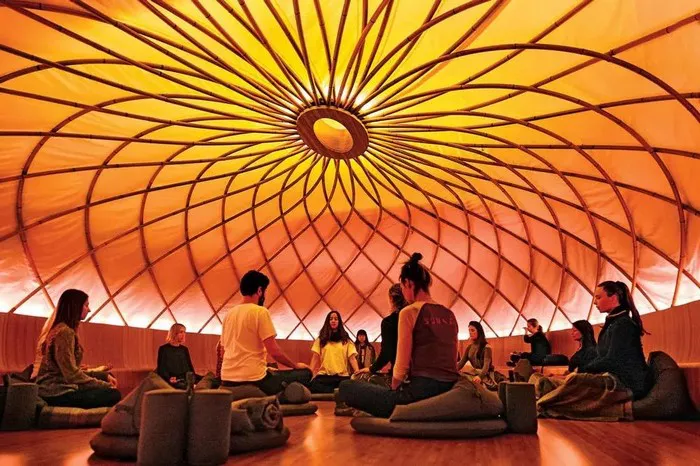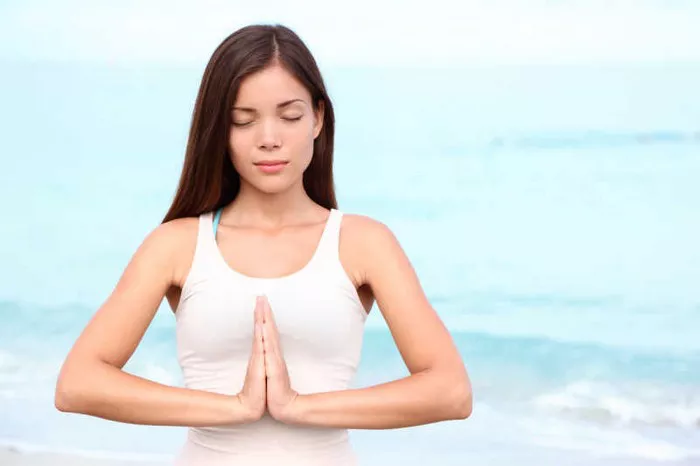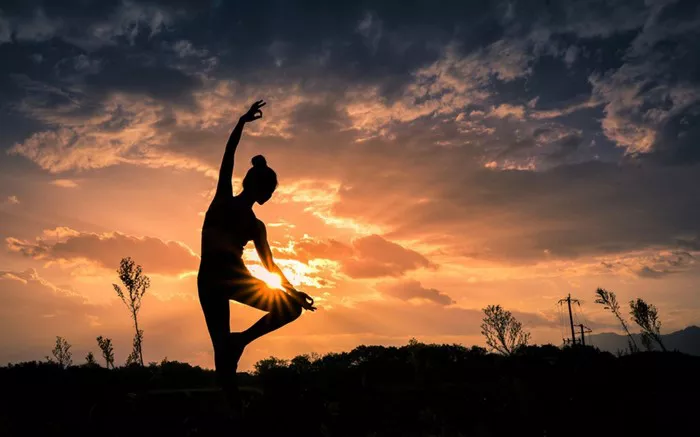Pranayama is a fundamental aspect of yoga that is often misunderstood or overlooked by practitioners. At its core, pranayama refers to the regulation and control of breath. The word “pranayama” is derived from two Sanskrit words: “prana,” meaning life force or vital energy, and “ayama,” meaning extension or control. Together, pranayama represents the extension and control of life force, which is achieved through various breathing techniques. This practice is essential for achieving a deeper connection with oneself, enhancing physical health, and reaching higher states of consciousness.
The Origins of Pranayama
The origins of pranayama can be traced back to ancient India, where it was first mentioned in the Vedas, the oldest sacred texts of Hinduism. Pranayama was further developed and elaborated upon in later texts such as the Upanishads and the Hatha Yoga Pradipika. In these texts, pranayama is described as a vital practice for purifying the mind and body, preparing the practitioner for meditation and spiritual awakening.
Understanding Prana: The Life Force
Prana is the vital life force that permeates all living beings and the universe. It is the energy that flows through our bodies, giving us life and vitality. In the yogic tradition, prana is believed to flow through a network of energy channels called nadis. The three main nadis are the Ida, Pingala, and Sushumna, which run along the spine. When prana flows freely through these channels, the body and mind are in a state of balance and harmony.
The Five Types of Prana
In yogic philosophy, prana is divided into five main types, known as the Pancha Pranas. Each type of prana governs different physiological functions and aspects of our being.
Prana: This is the primary life force that governs respiration and the intake of energy. It is centered in the chest area and is responsible for breathing, swallowing, and the functioning of the heart.
Apana: Apana is the downward-moving energy located in the lower abdomen. It governs elimination, reproduction, and the removal of toxins from the body.
Samana: Samana is the balancing force located in the navel region. It is responsible for digestion, metabolism, and the assimilation of nutrients.
Udana: Udana is the upward-moving energy centered in the throat. It controls speech, self-expression, and the coordination of the limbs.
Vyana: Vyana is the energy that circulates throughout the entire body. It governs the distribution of energy, blood circulation, and the movement of muscles and joints.
The Role of Pranayama in Yoga
Pranayama plays a crucial role in yoga as it helps to regulate the flow of prana in the body, ensuring that all the Pancha Pranas are balanced and functioning optimally. Through pranayama, practitioners can increase their lung capacity, improve respiratory efficiency, and enhance their overall health and well-being. Moreover, pranayama serves as a bridge between the physical practice of asanas (postures) and the mental practice of meditation, helping practitioners to develop greater concentration, focus, and inner awareness.
Different Types of Pranayama Techniques
There are various pranayama techniques, each with its own unique benefits and purposes. Here are some of the most commonly practiced pranayama techniques:
Nadi Shodhana (Alternate Nostril Breathing)
Nadi Shodhana, also known as alternate nostril breathing, is a powerful technique for balancing the left and right hemispheres of the brain. It helps to calm the mind, reduce stress, and improve focus and concentration. To practice Nadi Shodhana, one nostril is closed while inhaling and the other is closed while exhaling, alternating between the two.
Kapalabhati (Skull Shining Breath)
Kapalabhati is a vigorous breathing technique that involves forceful exhalations followed by passive inhalations. It is known for its ability to cleanse the respiratory system, increase oxygenation, and boost energy levels. Kapalabhati is also believed to stimulate the digestive system and improve mental clarity.
Bhastrika (Bellows Breath)
Bhastrika, or bellows breath, is another dynamic breathing technique that involves rapid, forceful inhalations and exhalations. It is designed to increase the flow of prana throughout the body, energize the mind, and clear any blockages in the nadis. Bhastrika is often used to prepare the body and mind for meditation.
Ujjayi (Victorious Breath)
Ujjayi, also known as victorious breath, is a calming and soothing pranayama technique that involves breathing deeply and evenly through the nose while constricting the throat. This creates a soft, oceanic sound that helps to focus the mind and create a sense of calm and relaxation. Ujjayi is often used in conjunction with asanas to maintain a steady rhythm and deepen the practice.
Bhramari (Bee Breath)
Bhramari, or bee breath, is a soothing pranayama technique that involves making a humming sound while exhaling. It is named after the sound of a bee and is known for its calming effects on the nervous system. Bhramari helps to reduce anxiety, improve concentration, and promote a sense of inner peace and relaxation.
The Benefits of Pranayama
Practicing pranayama offers a wide range of physical, mental, and emotional benefits. Some of the most notable benefits include:
Physical Benefits
Improved Lung Capacity and Respiratory Function: Regular practice of pranayama helps to increase lung capacity, strengthen the respiratory muscles, and improve overall respiratory function. This can be especially beneficial for individuals with asthma or other respiratory conditions.
Enhanced Cardiovascular Health: Pranayama practices, such as slow, deep breathing, can help to lower blood pressure, reduce heart rate, and improve cardiovascular health. This, in turn, can reduce the risk of heart disease and stroke.
Increased Oxygenation and Energy Levels: By increasing the amount of oxygen in the blood, pranayama helps to boost energy levels, improve stamina, and enhance overall vitality. This can be particularly beneficial for athletes and individuals who lead active lifestyles.
Mental and Emotional Benefits
Reduced Stress and Anxiety: Pranayama techniques, such as Nadi Shodhana and Bhramari, are known for their calming effects on the nervous system. They help to activate the parasympathetic nervous system, which promotes relaxation and reduces stress and anxiety.
Improved Focus and Concentration: By regulating the breath and calming the mind, pranayama helps to improve focus, concentration, and mental clarity. This can be especially beneficial for individuals who struggle with distractions or have difficulty staying focused.
Enhanced Emotional Well-being: Pranayama helps to release emotional blockages and promote a sense of inner peace and well-being. It can also help to improve mood, increase feelings of happiness, and reduce symptoms of depression.
See Also: All You Need to Know About Vasi Yoga Pranayama
Spiritual Benefits
Deeper Connection with the Self: Pranayama is a powerful tool for connecting with the deeper aspects of oneself. By regulating the breath and calming the mind, practitioners can access higher states of consciousness and develop a deeper understanding of their true nature.
Preparation for Meditation: Pranayama serves as a bridge between the physical practice of asanas and the mental practice of meditation. By calming the mind and regulating the breath, pranayama helps to prepare the practitioner for meditation, allowing them to go deeper into their practice and achieve greater levels of awareness.
Awakening of Kundalini Energy: In the yogic tradition, pranayama is believed to awaken the dormant Kundalini energy, which lies at the base of the spine. When awakened, this energy rises up through the Sushumna nadi, activating the chakras and leading to spiritual awakening and self-realization.
How to Practice Pranayama Safely
While pranayama offers numerous benefits, it is essential to practice it safely and mindfully. Here are some tips for practicing pranayama safely:
Start Slowly: If you are new to pranayama, it is essential to start slowly and gradually build up your practice. Begin with basic techniques, such as deep belly breathing or Nadi Shodhana, and gradually progress to more advanced practices as you become more comfortable.
Listen to Your Body: It is essential to listen to your body and pay attention to how you feel during your practice. If you experience any discomfort, dizziness, or shortness of breath, stop immediately and rest. It is also essential to practice pranayama on an empty stomach or at least two hours after a meal.
Practice Under the Guidance of a Qualified Teacher: If you are new to pranayama, it is highly recommended to practice under the guidance of a qualified yoga teacher. They can provide you with personalized instruction, help you to avoid common mistakes, and ensure that you are practicing safely and effectively.
Conclusion
Pranayama is a powerful and transformative practice that offers a wide range of physical, mental, and spiritual benefits. By regulating the breath and controlling the flow of prana, practitioners can achieve greater levels of health, well-being, and self-awareness. Whether you are new to yoga or a seasoned practitioner, incorporating pranayama into your practice can help you to deepen your understanding of yourself and the world around you, leading to a more balanced, harmonious, and fulfilling life.
Related topics:
-
Kapalabhati Pranayama (Breath Of Fire): Things You Need to Know
-
Maha Yoga Pranayama: Everything You Need to Know


